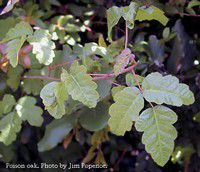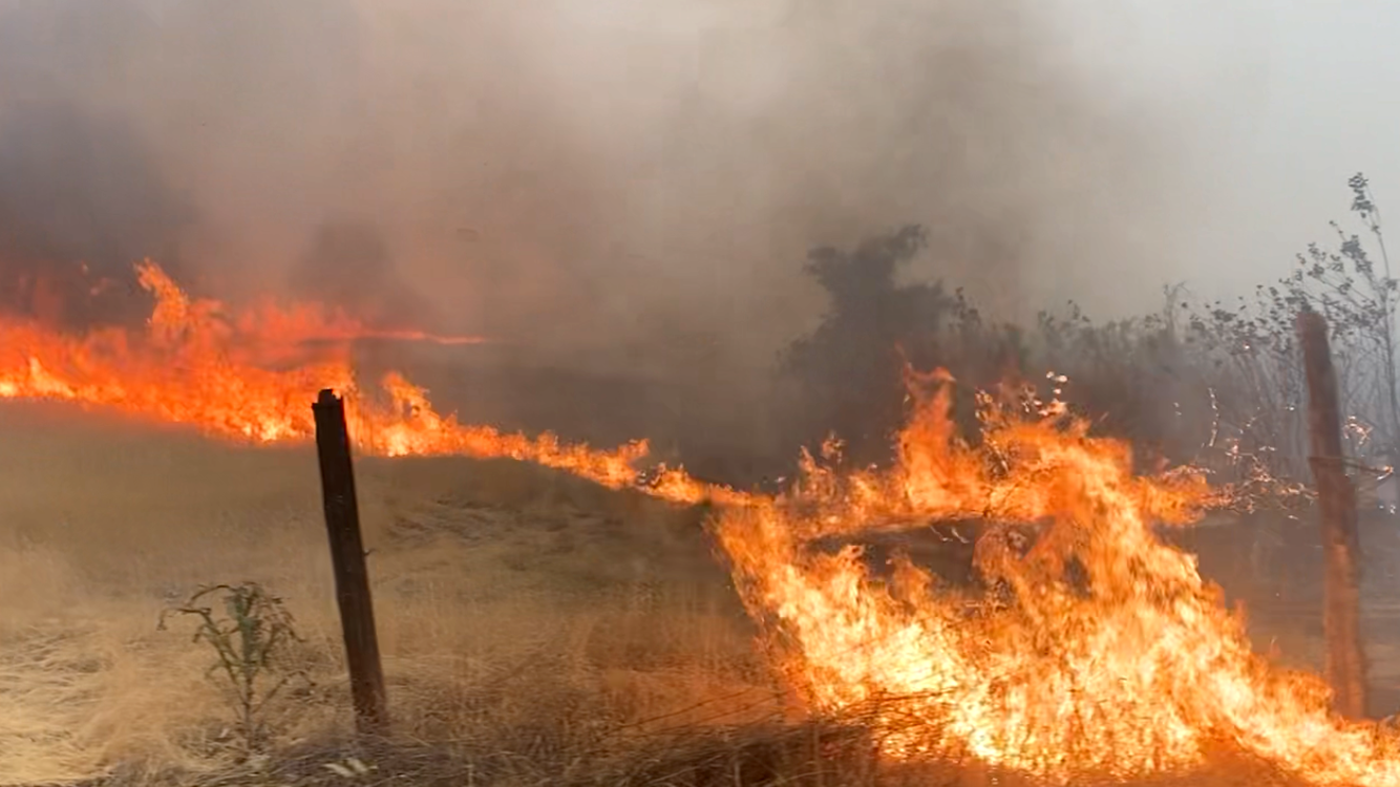Health NW: Poison oak and poison ivy
Published 5:00 pm Tuesday, July 1, 2003

- Health NW: Poison oak and poison ivy
The itching and pain caused by poison oak and poison ivy are not easily forgotten. If you have spent much time hiking, fishing, hunting or working outdoors in this part of the world, you probably have encountered one of these poisonous plants. Anyone who has had a bad reaction after touching poison oak or ivy will go to great lengths to avoid them in the future.
Trending
Poison oak is found west of the Cascades; poison ivy grows to the east. Once you get above about 4,000 feet in elevation, you’re safe since these plants grow only at lower elevations. They can grow to be 10 feet tall, but usually are smaller shrubs or vines.
Rhus diversiloba (poison oak) and Rhus radicans (poison ivy) are related to poison sumac, which is found in the Midwest and eastern United States. All parts of these plants – not just the leaves – produce an oily toxin called urushiol year-round.
If the urushiol in these plants comes into contact with the skin of a susceptible person, a reaction can start a few hours later. Sometimes, it can take days to appear. The oil can remain on clothing, tools and even your pet for long periods of time and can continue to rub off onto people months after the initial contact. If it is on the hands, the oils can be spread to any part of the body they touch.
Trending
Red, swollen, irritated skin is the first sign of a reaction to poison oak or ivy. The skin then begins to blister, and is very itchy and painful. In the days ahead, the blisters will become crust over. It can take up to a month to heal completely.
The rash is usually worse on thinner skin, such as on the face, neck and inside of the forearms. Thicker skin on the top of the arms, legs and palms of the hands may not be affected as much.
Once the rash breaks out, the best thing to do is soothe the skin with cool showers or oatmeal baths. Taking an antihistamine such as diphenhydramine can help relieve the itching and help you sleep. Over-the-counter products called Tecnu© (made in Albany, Ore.) or Zanfel© can be used to remove urushiol from the skin after contact. They work best when used before the rash starts, but can be helpful later as well. Calamine lotion can also help.
For severe reactions, especially if the face or genitals are involved, see your health care provider. An oral steroid (such as prednisone) taken for a week or so may be necessary.
Prevention is the best way to go. Avoid contact with poison oak and ivy by learning what they look like. “Leaves of three, let it be,” since both poison oak and ivy have a distinctive appearance with clusters of three shiny leaves. The leaves can be red, green or a mixture of both colors. Some have a blistered appearance or black spots from the toxic oils.
To stop the urushiol from poison oak or ivy from being absorbed by your skin, wear protective clothing when you are outdoors. A product called Ivy Block© forms a protective barrier on your skin to protect it from the oils.
If you know you’ve been exposed to poison oak or ivy, wash off your skin with soap and cold water, Tecnu© or Zanfel© as soon as possible. Wash your clothes, tools, dog and whatever else may have picked up the urushiol oils so you won’t continue to re-expose yourself.
Kathryn B. Brown is a family nurse practitioner with a master’s degree in nursing from OHSU. Is there a health topic you would like to read about? Send your idea to kbbrown@eastoregonian.com.









